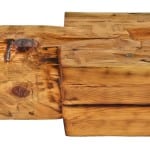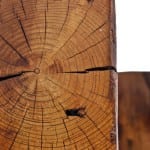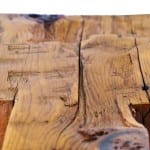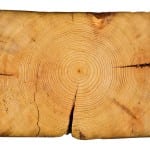the 19th century chicago building methods and materials database moves forward with caution
This entry was posted on March 18 2015 by Eric
i've been told time and again that my efforts to meticulously document 19th chicago building methods and materials is "pioneering" work that is, or will be appreciated by researchers, historians, architects, homeowners, etc. in the future. however, that might be a polite way of saying it isn't terribly important or perhaps, something most researchers would gloss over - at least at this level of detail.
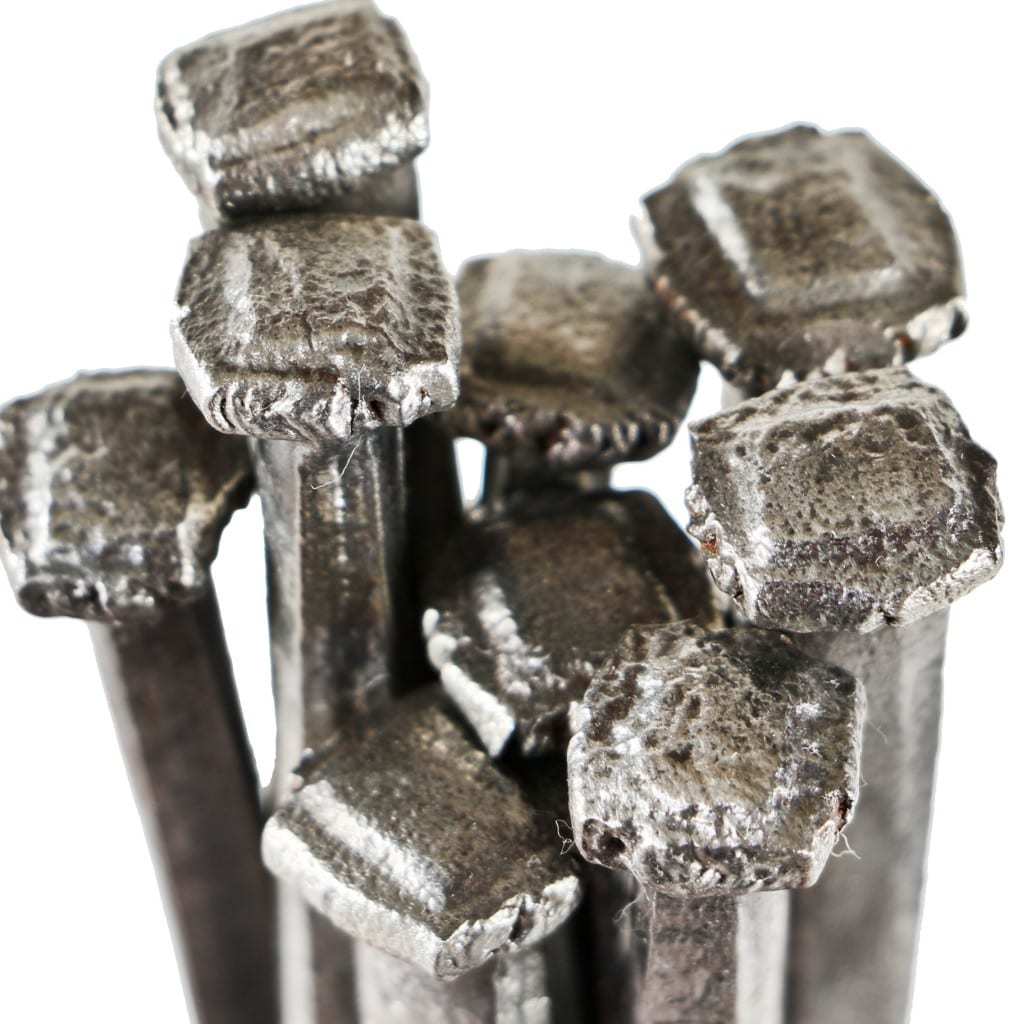
group of c. 1869 "cut" or square nails salvaged from a pre-fire chicago german school. note the slightly raised and tapered edge squares on each of the nail heads.
i must admit, despite hearing this positive feedback, i feel an overwhelming sense of loneliness as i push on with this endeavor. thankfully, this intense and utterly consuming infatuation with small details like the characteristics of a square or cut nail head used between 1840-1890, framing construction, hewn versus dimensional, thickness of lath used over the years, and so on, has not disrupted the functionality of urban remains.
there are moments however, when i find myself second-guessing whether or not the amount of time and effort put forth to document these 19th century building materials is a worthwhile contribution to architectural history in chicago.
- hewn and sawn sill plate with oversized tennon
- the sill plate fragment with tennon extracted from the rubble for further analysis
- i’m truly indebted to the excavator operators who take the time to assist me in retrieving these historically valuable specimens
when i ask myself whether i'm enjoying myself and if my interests are sincere and filled with passion, the response is an overwhelming yes, and that fuels the inner-fire to keep moving along this path of discovering more and more of these building materials spanning the time period i set forth to study (i.e., 1840-1890).
just the other day, i spent nearly 4 hours preparing and shooting various components of a privy "vault" removed from the john kent russell house. i wanted to know how the wood-lined vessel was put together, the type of wood used, whether there was any sort of joinery, how the wood was sawn and so on. a lot of these very basic questions are rather universal; they can be applied to other building materials recovered from residential and commercial structures alike.
as i continue to gather more and more materials, i'm beginning to tease out certain patterns that i now use as a supplemental guide in dating a given structure. this, in addition to distinctive markings left behind from fabrication methodologies have greatly assisted in the identification, or at least educated guess-work of who manufactured what. the chicago city directories from the 1850's onward, have also been a great resource.
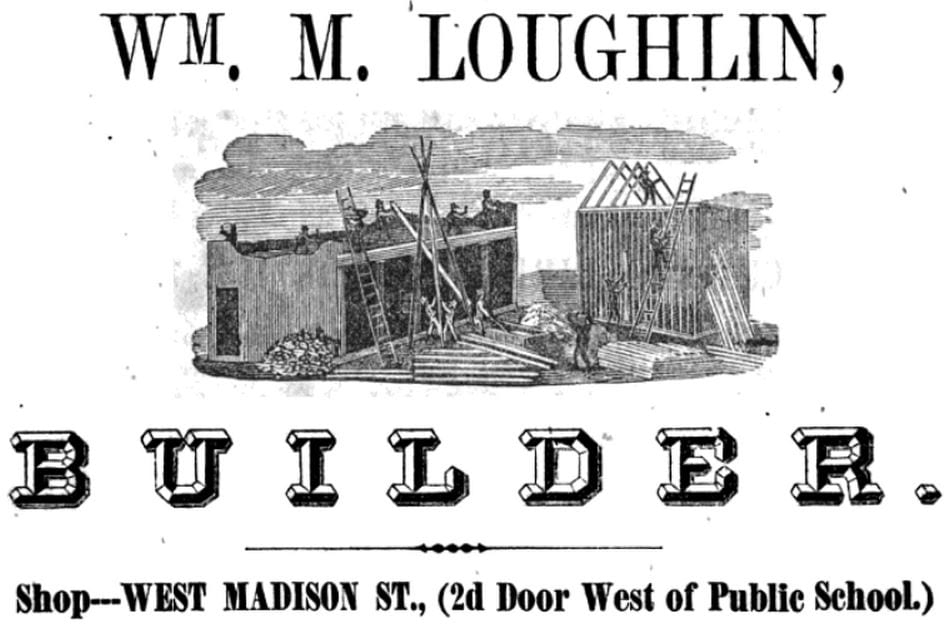
the library of documented materials, both in terms of physicality and digital imagery, is rapidly growing as i salvage more and more structures within my study period. in fact, i was very fortunate to gather a plethora of building materials from a rare pre-fire german school (discussed in recent blog posts) that has provided a wealth of knowledge pertaining to both the materials and construction techniques used in chicago leading up the the great chicago fire.

there is a substantial amount of data that can be used to address questions researchers may have as they study a historic structure. period catalogs and descriptive books covering construction from the 19th century prove insightful, but to have an image or possess the actual salvaged materials referred to in these books further enhances our understanding - espeically on a visual level, where handling the materials far surpasses what is described or referenced.

discovering and cataloging the "raw" building materials has no doubt raised more questions, that i hope will be answered as i continue to gather more data from the materials and imagery salvaged from both commercial and residential structures.

as long as my level of interest remains uninterrupted, i will continue collecting materials and work toward publishing papers on my findings.

i may be haunted by self-doubt in what i'm doing, but when i look over my image database or handle the cataloged materials, any and all doubts are quickly overridden, not only by a sense of accomplishment over the data i have manged to recover in such a short period of time, but by the tremendous amount of knowledge i now posses regarding construction methodology and materials of 19th century chicago construction.
- the refinished tenon joint segment of the residential sill plate
- detail of the tenon anterior with beveled edges and tree rings evident
- hewn markings from axe and adze
- cross-section with distinctive tree rings
This entry was posted in , Miscellaneous, Salvages, Bldg. 51, Events & Announcements, Featured Posts & Bldg. 51 Feed on March 18 2015 by Eric
WORDLWIDE SHIPPING
If required, please contact an Urban Remains sales associate.
NEW PRODUCTS DAILY
Check back daily as we are constantly adding new products.
PREMIUM SUPPORT
We're here to help answer any question. Contact us anytime!
SALES & PROMOTIONS
Join our newsletter to get the latest information




